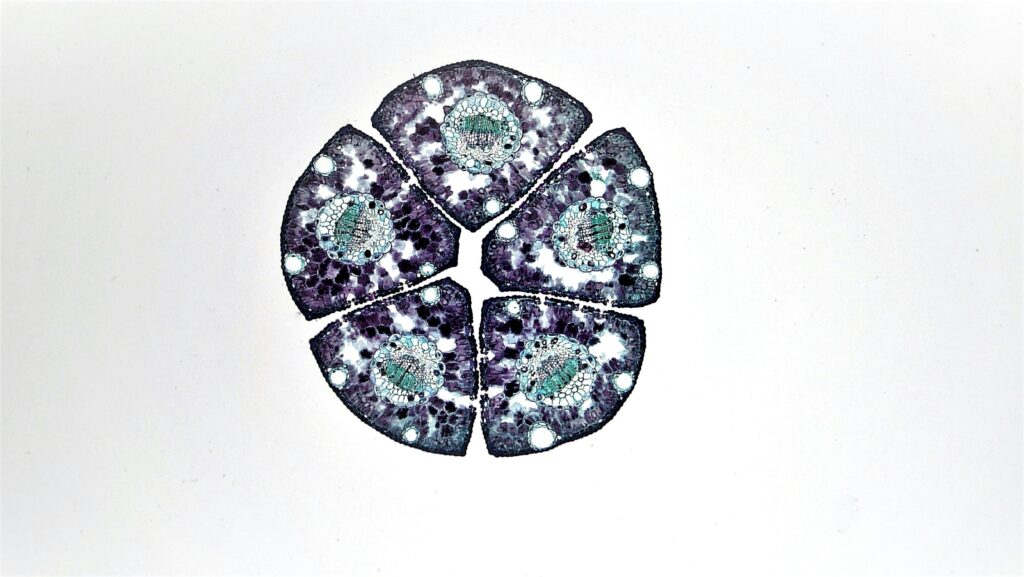Understanding Cell Biochemical Organization Through Tech Analogies
Cells are the building blocks of life, but understanding their complex biochemical organization can sometimes feel overwhelming. What if we could relate these cellular components to something we use daily, like a computer system? This analogy bridges biology and technology, making it easier and more fun to study! Let’s dive into the world of cells with a tech-inspired twist.
1. Cell Membrane = Firewall
Think of the cell membrane as a firewall in a computer network. It acts as a gatekeeper, deciding what can enter or leave the cell. Just like a firewall prevents unauthorized access and protects the system, the cell membrane ensures the cell’s safety and maintains its internal environment.
2. Cytoplasm = Data Filler
The cytoplasm is like the data that fills a computer system. It’s the medium where all cellular activities occur, holding organelles in place and providing the environment for biochemical reactions, just as data fills up memory in a computer for processing.
3. Nucleoplasm = Admin Access
Inside the nucleus, the nucleoplasm holds the DNA, which functions like the admin account of a system. DNA controls all the operations of the cell, storing and managing the instructions needed for cell function, much like an admin account manages permissions and critical operations in a computer.
4. Mitochondria = Power On
The mitochondria, often called the powerhouse of the cell, are your system’s power supply. They generate energy in the form of ATP, just as a power source provides the necessary electricity to turn on and run a device.
5. Ribosomes = Data Synthesis Unit
Ribosomes are like the data synthesis units of a computer system. These organelles build proteins by assembling amino acids, akin to how a processor synthesizes data into meaningful outputs.
6. Endoplasmic Reticulum & Golgi Apparatus = Local Area Network (LAN)
The endoplasmic reticulum (ER) and Golgi apparatus work together like a local area network (LAN):
-
The ER transports molecules within the cell, much like data is shared across a network.
-
The Golgi apparatus modifies, packages, and sorts these molecules, optimizing them for their destination, similar to how data packets are processed in a network.
7. Lysosomes = Recycle Bin
The lysosomes function like a recycle bin. They break down waste materials and recycle useful components, just as a recycle bin stores deleted files and allows you to restore or permanently delete them.
Why This Analogy Works
Relating cellular functions to computer systems not only simplifies complex biological processes but also makes them more relatable for tech-savvy learners. By associating familiar technology concepts with cellular components, you can enhance your memory and understanding of biology in an engaging way.
Wrapping Up
Cells and computers may seem worlds apart, but when you break down their roles and functions, the parallels are striking. Whether you’re a student trying to ace your exams or just someone curious about biology, this analogy can make learning about cells an exciting experience. So the next time you think about a cell, imagine it as a tiny computer system working tirelessly to keep life running smoothly!

